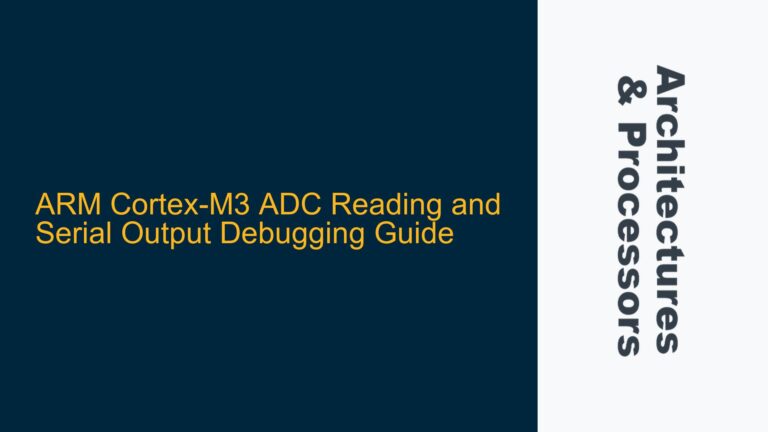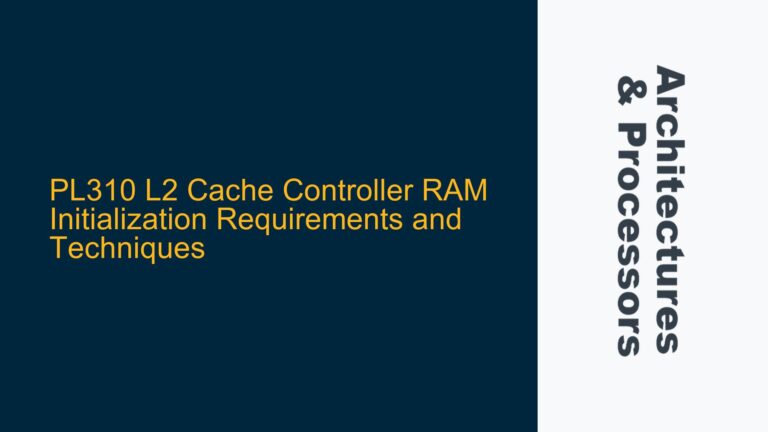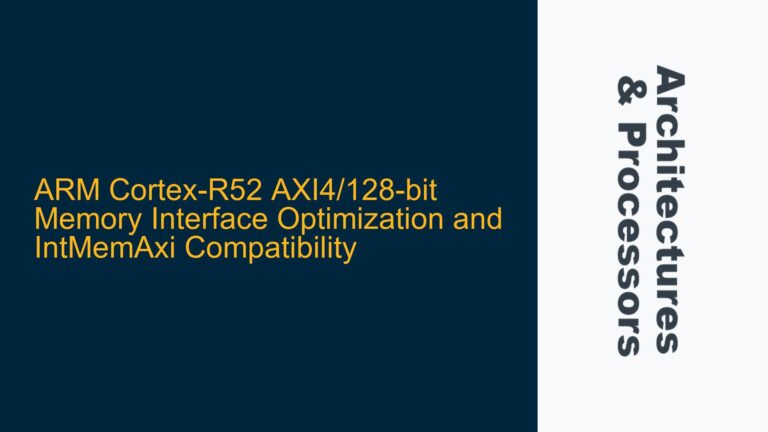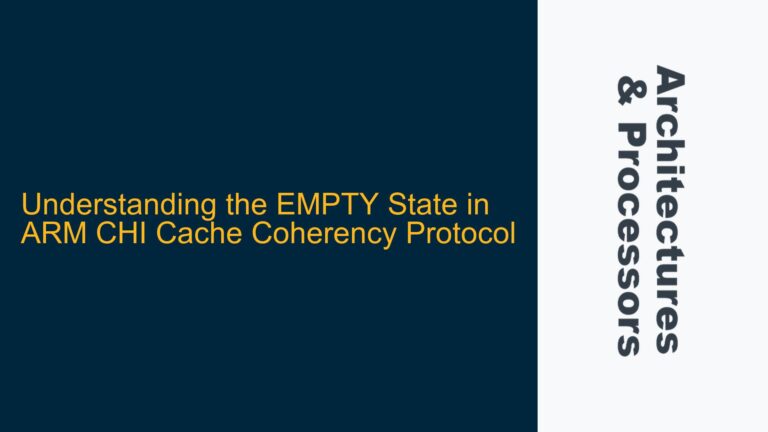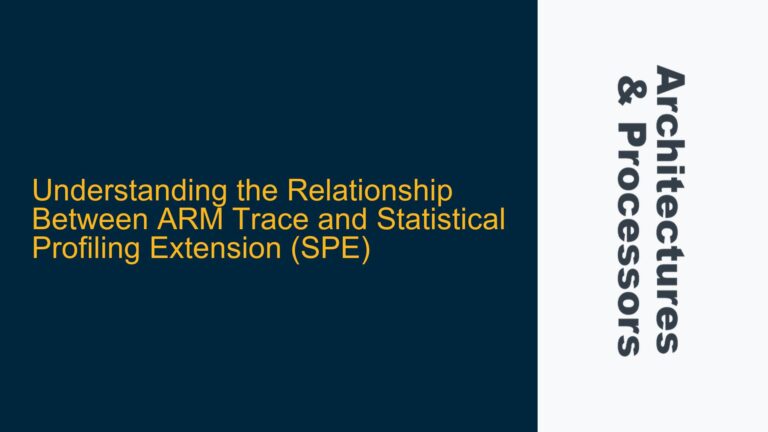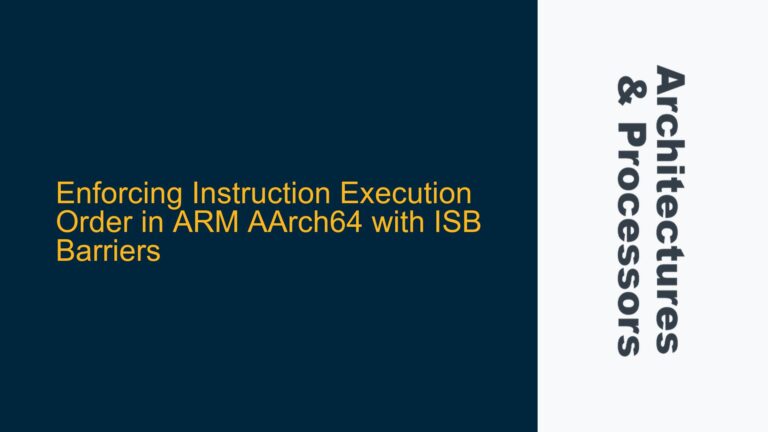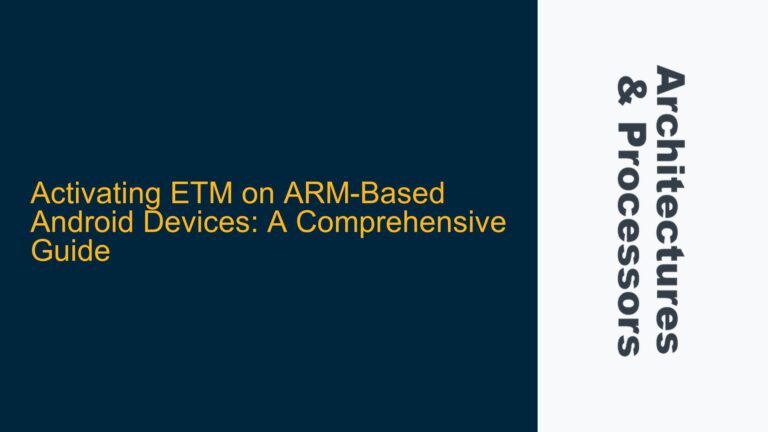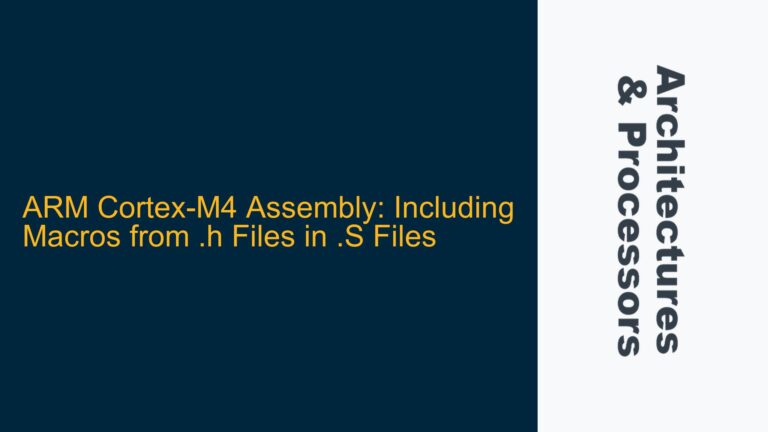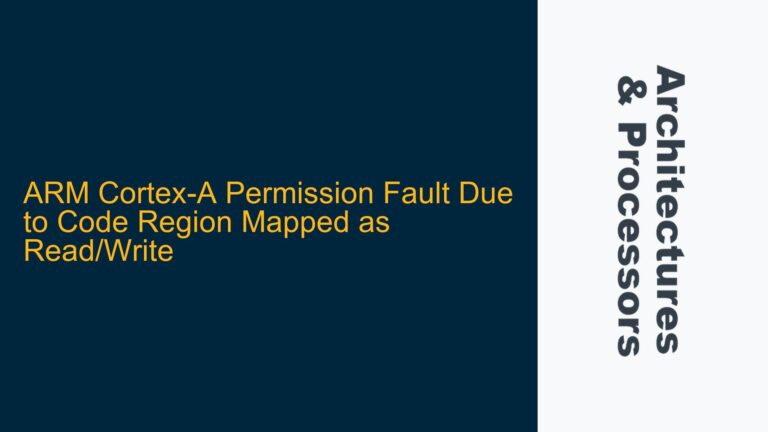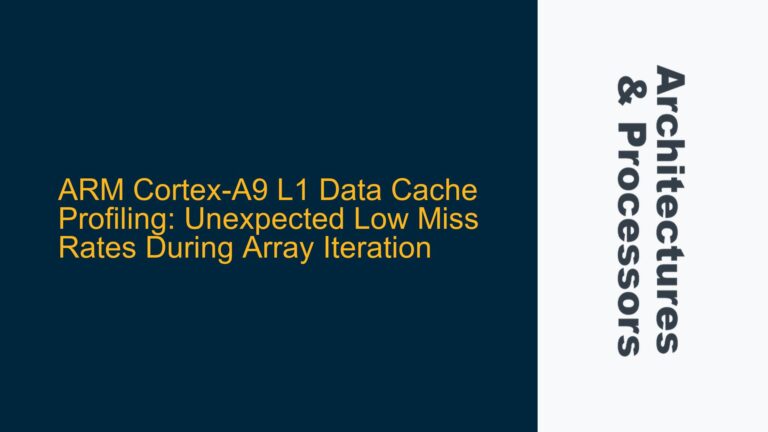ARM Cortex-M3 ADC Reading and Serial Output Debugging Guide
Understanding ADC Channel Reading and Serial Output on ARM Cortex-M3 The process of reading an ADC channel and printing its value to a serial terminal on an ARM Cortex-M3 microcontroller, such as the ATSAM3X8E, involves several critical steps. These steps include configuring the ADC peripheral, setting up the UART for serial communication, and ensuring proper…
